CGPA to Percentage Formulas Used by Indian Universities
The CGPA system is widely used in Indian Education system. However, job applications, scholarship forms, and higher education institutions still require Percentage score as the eligibility criteria. Unfortunately, there is no one-size-fits-all formula, as different Indian universities use different methods to make this conversion.
Therefore, confusions arise while converting CGPA to Percentage.

Why Different Universities Use Different Formulas
While there is no solid reason for this diversity. The only possibility is that institutions consider their own convenience. They have the autonomy to decide their grading systems. Factors such as the difficulty of courses, internal evaluation methods, and institutional policies contribute to these variations.
Therefore, this is important that students understand the specific conversion methods of their universities. It helps you to represent your academic performance in an accurate way.
Common CGPA to Percentage Conversion Formulas
| University | Formula | Example (CGPA = 8.5) |
| Anna University | CGPA × 10 | 85% |
| Delhi University | (CGPA – 0.5) × 10 | 80% |
| Mumbai University | (CGPA × 7.1) + 11 | 81.35% |
| JNTU | (CGPA – 0.75) × 10 | 77.5% |
| Pune University (SPPU) | (CGPA – 0.75) × 10 + 5 | 82.5% |
This table provides a quick reference for understanding how your CGPA would convert to a percentage in these universities. However, for using standard conversion, you can use our Convert CGPA to Percentage.
Why These Formulas Matter
Understanding the specific formula your university uses can be crucial in various scenarios:
- Job Applications:
Many employers in India still require a percentage score, especially in the public sector. Misrepresenting your CGPA as a percentage could lead to issues during the verification process.
- Higher Education:
Whether you’re applying for postgraduate programs in India or abroad, some institutions may require you to provide a percentage score. Knowing your exact percentage can ensure that you meet eligibility criteria.
- Scholarships:
Various scholarships have eligibility criteria based on percentages. Accurate conversion ensures that you don’t miss out on opportunities.
Challenges that Students Face Due to the Difference in Conversion Formulae:
- Lack of Awareness:
Many students are unaware of the exact formula their university uses. This can lead to incorrect conversions and potential issues during application processes.
- Inconsistent Information:
There are instances where students receive conflicting information from different university departments or online sources. This inconsistency adds to the confusion.
- Impact on Academic Performance:
Students may be disheartened if their CGPA doesn’t convert to as high a percentage as they expected. Understanding the rationale behind the conversion can help manage expectations.
How to Find Your University’s Formula
If you’re unsure about the conversion formula your university uses, here are a few steps you can take:
- Check the University Website:
Many universities publish their CGPA to percentage conversion formula on their official website, usually in the academic regulations section.
- Contact the Administration:
Reaching out to the examination or registrar’s office can provide you with the most accurate information.
- Refer to Your Marksheet:
Some universities print the conversion formula directly on the marksheet or transcript.
Frequently Asked Question
Conclusion
The difference in the grading systems leads to the difference between the eligibility criteria for jobs and admissions. Therefore, it becomes important if you know the right conversion formulae according to the company or institution’s policies. You can also use the standard formula of conversion, however, it is advised to verify the results with your institution. Always ensure that you’re using the correct formula to avoid any discrepancies that could affect your future opportunities.
